What Is a Programmable Logic Controller (PLC)?
In today’s fast-paced industrial landscape, automation plays a pivotal role in streamlining processes, thereby enhancing efficiency and reducing human intervention. Moreover, Programmable Logic Controllers (PLCs) are the unsung heroes behind this automation revolution. In this comprehensive guide, we will dive deep into the world of PLCs, furthermore exploring their types, programming methods, advantages, and also how they work. So, let’s embark on a journey to unravel the secrets of Programmable Logic Controllers.
Introduction
“Programmable Logic Controllers, often abbreviated as PLCs, are specialized digital computers specifically designed for industrial automation and control systems. Consequently, they serve as the brains behind a wide range of automated processes, including manufacturing assembly lines and energy management systems. Moreover, PLCs are engineered to withstand the harsh conditions of industrial environments, therefore making them a reliable choice for mission-critical operations.”
What are the 3 Types of PLC?
Generally, PLCs can be classified into three main categories, depending on their processing power and complexity. Specifically, these classifications help users understand the capabilities and applications of each type, thereby guiding them in selecting the most suitable PLC for their needs.
1. Low-End PLC
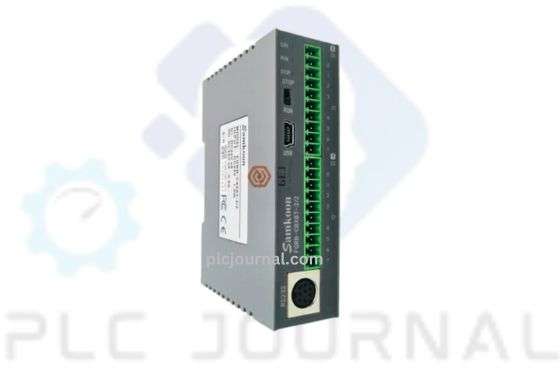
In general, low-end PLCs are suitable for basic control tasks, as they have limited processing capabilities. Consequently, they are ideal for simple applications where advanced features are not required. Furthermore, these PLCs are often more cost-effective and easier to implement.
2. Mid-Range PLC
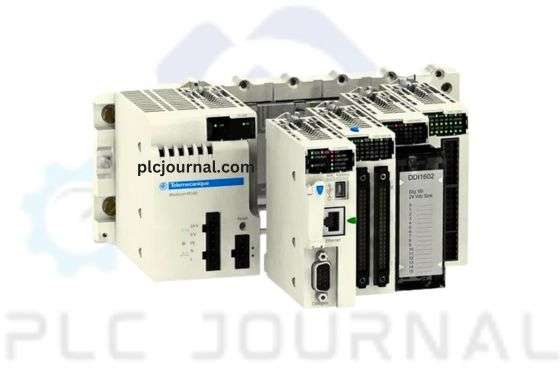
In comparison, mid-range PLCs offer more processing power and memory, which consequently makes them suitable for a wide range of applications. Furthermore, they provide greater flexibility and can handle more complex automation tasks than low-end PLCs. As a result, mid-range PLCs are often chosen for medium-sized industrial operations.
3. High-End PLC
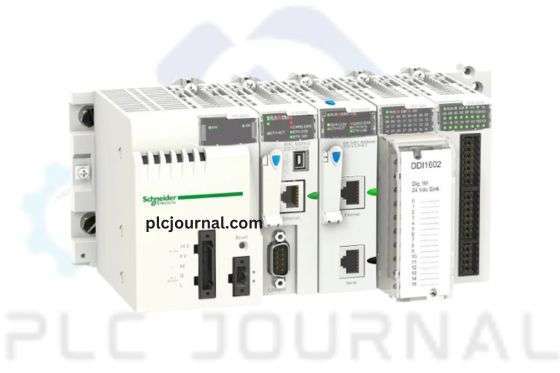
High-end PLCs equipped with advanced features, including redundancy and extensive communication options. They are ideal for complex and mission-critical applications.
What are the Different Types of PLC?
Overall, PLCs come in various types and sizes, each of which caters to specific industrial needs. Consequently, understanding the differences between them is crucial. Next, let’s take a closer look at some of the typical types of PLCs.
1. Modular PLC
Specifically, modular PLCs allow for the customization of input and output options. In addition, they consist of separate modules that can be added or removed as needed, thereby providing flexibility in system design. As a result, engineers can easily scale or modify the system according to changing requirements.
2. Compact PLC
Specifically, compact PLCs are smaller in size, and as a result, they are ideal for applications with limited space. Moreover, they are cost-effective while also offering basic automation capabilities. Therefore, these PLCs are a practical choice for small-scale industrial operations.
3. Rack-Mountable PLC
Specifically, rack-mountable PLCs are designed to be installed in standard equipment racks. As a result, they are commonly used in large-scale industrial systems. Furthermore, this configuration allows for organized system layouts and easier maintenance in complex industrial environments.
4. Safety PLC
Specifically, safety PLCs prioritize safety-critical functions. Moreover, they are equipped with advanced features, such as redundancy and self-diagnostics, thereby ensuring the protection of both workers and assets. As a result, these PLCs are essential in industrial environments where safety is paramount.
How is a PLC Programmed?
Programming a PLC involves creating a set of instructions that dictate how it should operate. PLCs use ladder logic, a graphical programming language that resembles electrical relay logic diagrams. Programmers can also use text-based programming languages such as Structured Text (ST) and Function Block Diagram (FBD). PLC programming requires a deep understanding of the specific industrial process it will control.
Advantages of Using PLC
Overall, utilizing PLCs in industrial automation offers several advantages. In particular, they enhance efficiency, while also improving reliability and accuracy. Moreover, PLCs contribute to cost savings, and additionally, they simplify system monitoring and maintenance.
– Reliability
Notably, PLCs are known for their robustness and reliability, which in turn ensures consistent performance even in harsh conditions. Furthermore, their durable design allows them to operate effectively in demanding industrial environments. As a result, PLCs are widely trusted for mission-critical applications.
– Flexibility
They can easily reprogrammed to adapt to changing manufacturing requirements, reducing downtime during transitions.
– Cost-Efficiency
PLCs are cost-effective solutions for automating various processes, making them suitable for both small and large-scale industries.
– Diagnostics
PLCs provide real-time diagnostics, making it easier to identify and troubleshoot issues, minimizing production disruptions.
How a Programmable Logic Controller Works
PLCs work by continuously monitoring input devices such as sensors and switches. Based on predefined logic and algorithms, they make decisions and control output devices like motors, valves, and actuators. This cycle repeats in real-time, ensuring precise and consistent control over industrial processes
Choosing a PLC
Selecting the right PLC for your application is crucial. Consider factors such as the complexity of your automation process, environmental conditions, and budget constraints. Consulting with automation experts can help you make an informed decision.
Enclosures for Protecting Your PLC
PLCs often exposed to dust, moisture, and extreme temperatures in industrial settings. To ensure their longevity and performance, it’s essential to install them in suitable enclosures. Enclosures protect PLCs from environmental hazards and mechanical damage.
Conclusion
In conclusion, Programmable Logic Controllers are indispensable tools in the world of industrial automation. They offer reliability, flexibility, and efficiency, making them vital components in various industries. Understanding the different types of PLCs, their programming methods, and their advantages is essential for harnessing their full potential in automation projects.
(Frequently Asked Questions): What Is a Programmable Logic Controller (PLC)?
PLC stands for Programmable Logic Controller, a device used to control and automate various industrial processes.
PLC, or Programmable Logic Controller, operates by monitoring input devices, making decisions based on predefined logic, and controlling output devices to automate industrial processes.
A PLC, or Programmable Logic Controller used to control the operation of an assembly line in a manufacturing plant, ensuring products produced with precision and efficiency.
PLCs used in industrial settings to improve efficiency, reliability, and control over processes, ultimately reducing human intervention and errors.
PLC (Programmable Logic Controller) and SCADA (Supervisory Control and Data Acquisition) are complementary systems. PLCs control machinery and processes, while SCADA systems collect and visualize data for monitoring and control in real-time.
Technical Guides
What Is a Programmable Logic Controller (PLC)? Full Explanation
What is HMI? Human-Machine Interface (HMI)-Full Explanation
What is a Variable Frequency Drive?-It’s complete guidelines
What Is a Servo drive and How Does it Work? It’s complete guidelines
Manual PDF
[PDF] Delta PLC DVP-ES2/EX2/SS2/SA2/SX2/SE&TP Operation Manual Free Download
Delta HMI-DOPSoft User Manual Free Download [PDF]
Cable Making
[DIY-Cable] PLC/HMI-Panasonic Connecting PC
[DIY-Cable] PLC/HMI-Keyence Connecting PC
[DIY-Cable] S7-200 Siemens Connecting PC
[DIY-Cable] Mitsubishi PLC Programming Cable SC-09 for FX-Series
[DIY-Cable] PLC Delta Programming Cable DVPACAB230
[DIY-Cable] PLC OMRON Programing Cable for CJ/CS/CQ-Series
[DIY-Cable] PLC “LS/LG” Programing Cable
[DIY-Cable] PLC “Fatek/Facon” Programing Cable
[DIY-Cable] PLC “Vigor” Programing Cable
[DIY-Cable] HMI “Fuji/Hakko” Programing Cable
[DIY-Cable] “HMI Omron NT-Series” Programing Cable
[DIY-Cable] HMI Keyence “VT3-W4 Series” Cable Connecting To PLC
[PDF] HMI-Weintek Connection PLC Guide
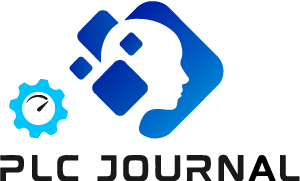

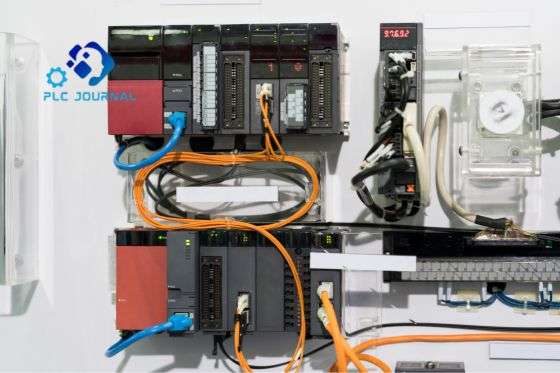




This website is a treasure trove of information! I love how user-friendly it is, making navigation a breeze. Keep up the fantastic work.